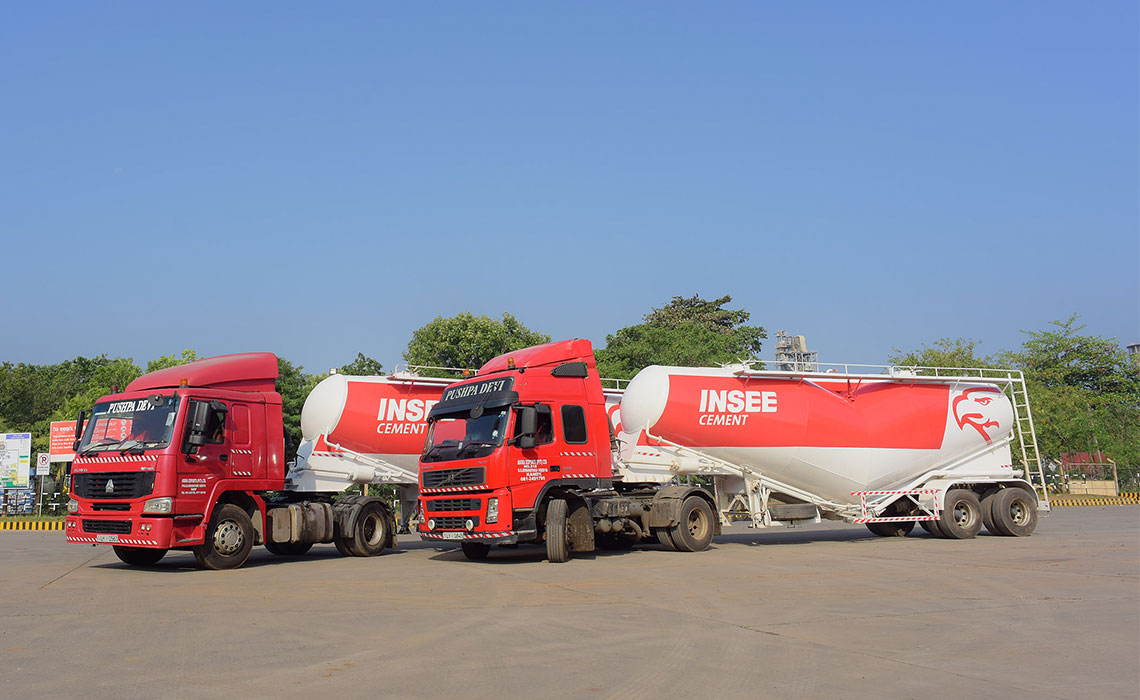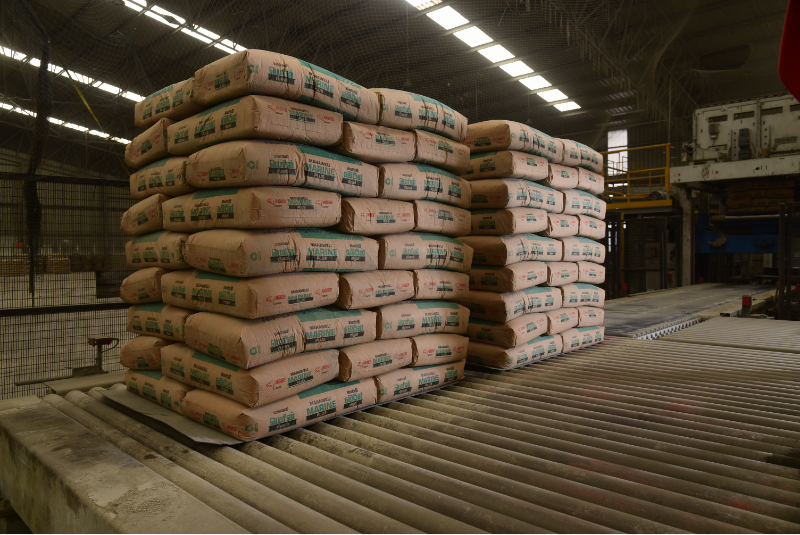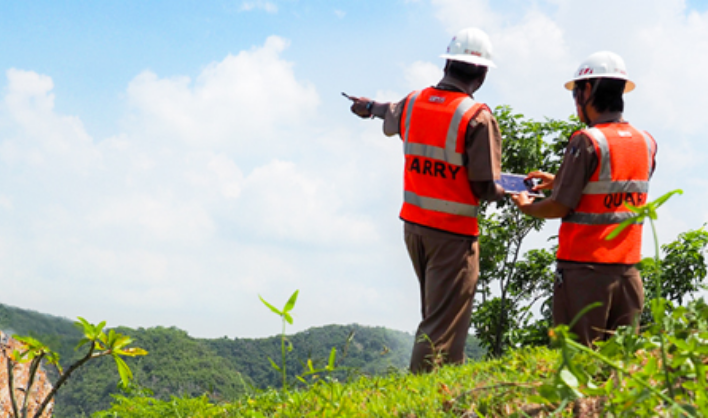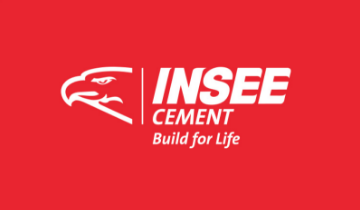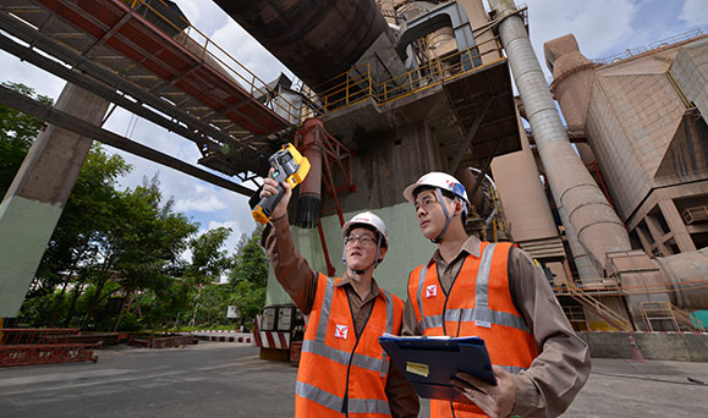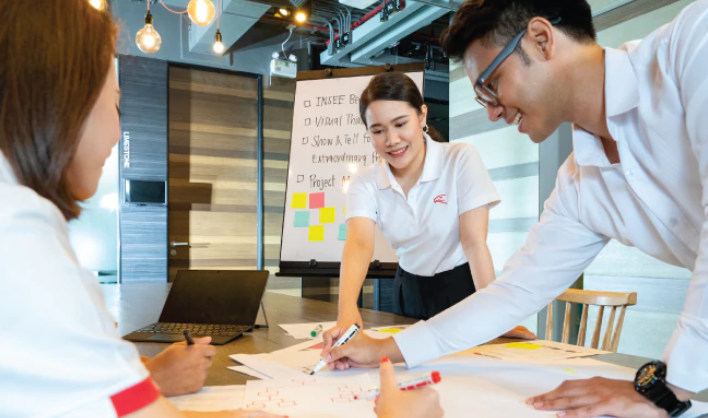Logistics

INSEE Delivery
INSEE Cement Sri Lanka integrates sustainable development into all its operations. This includes sourcing and logistics, identifying and addressing issues across our value chain pertaining to the environment and our social responsibility towards all stakeholders.

In 2018, INSEE Cement commissioned Sri Lanka’s first cement bag palletizer at the Galle Cement Plant. This was a crucial investment that helped to sustainably strengthen the INSEE Cement value chain, and was an additional improvement to health and safety standards at the plant. The palletizer also enabled INSEE to respond faster to market demand fluctuations through better buffer stock management, improvement of truck fleet utilisation, reduced customer waiting-time and decreased bag breakages. Encouraged by the strong efficiency rates, a second palletizer has been commissioned for the Puttalam Cement Plant.
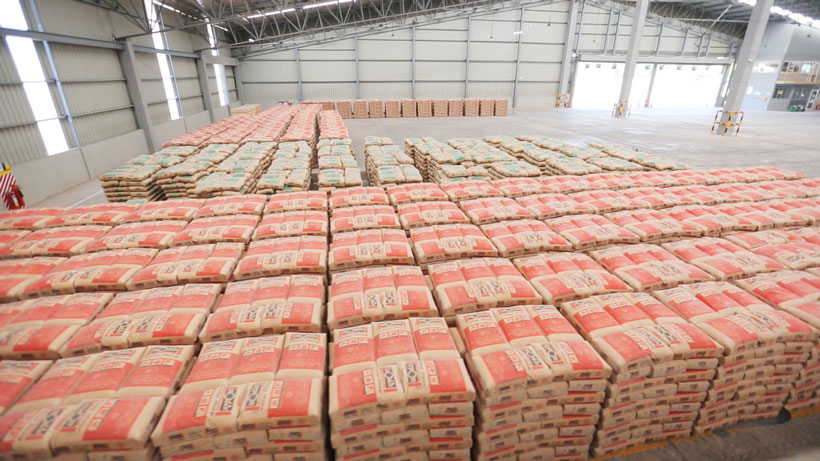
Every year, INSEE Cement invests in eco-friendly and efficient modes of transportation to carry hundreds of tonnes of raw material to our plants, as well as finished products to the market. With expansions carried out at the Ruhunu Cement Plant in Galle over the past few years, the amount of raw materials that need to be unloaded at Galle Port has also increased. However, the Galle Port has a natural rock bed, which restricts maximum vessel capacity to 10,000MT. To address this logistics challenge, we implemented a solution called the Ship-to-Barge model. It involves larger vessels arriving at the Galle outer anchorage, as well as Hambantota/Colombo Ports, to unload cargo into smaller barges for shorter coastal trips. Additionally, we introduced direct unloading at Hambantota/Colombo deep draft berths and transported the cargo to its destination by using high-capacity vehicles.
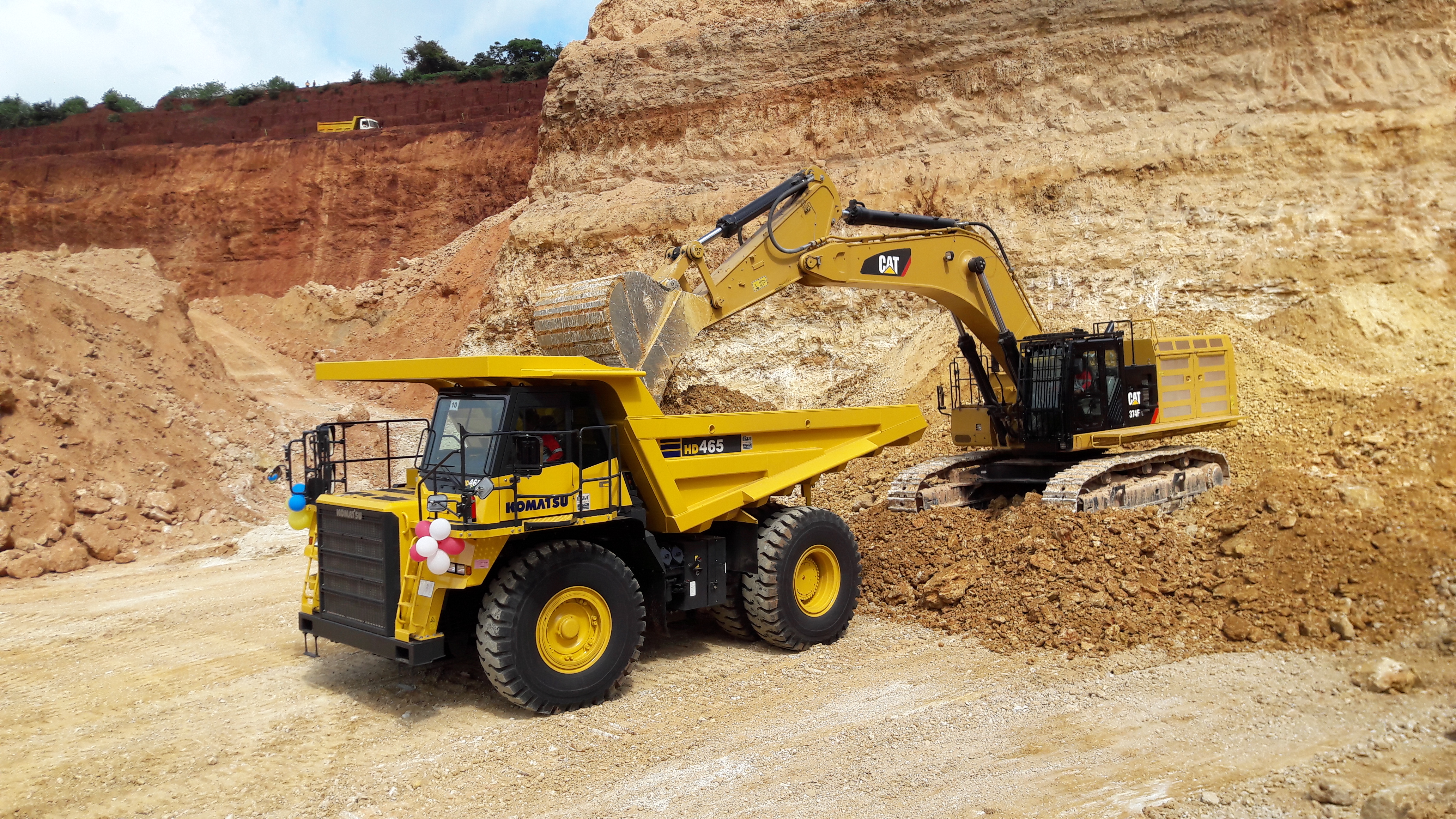
For our coal transfer operation from Trincomalee Port to Puttalam, we introduced a warehouse model where we unload coal from vessels to a nearby open yard using 10 wheel tippers transferring them later to the plant from the yard using prime movers with open top containers. This model has helped us achieve zero road accidents while reducing loaded KMs by 60% compared to the previous operation. The coal transfer operation is carried out by around 160 vehicles.
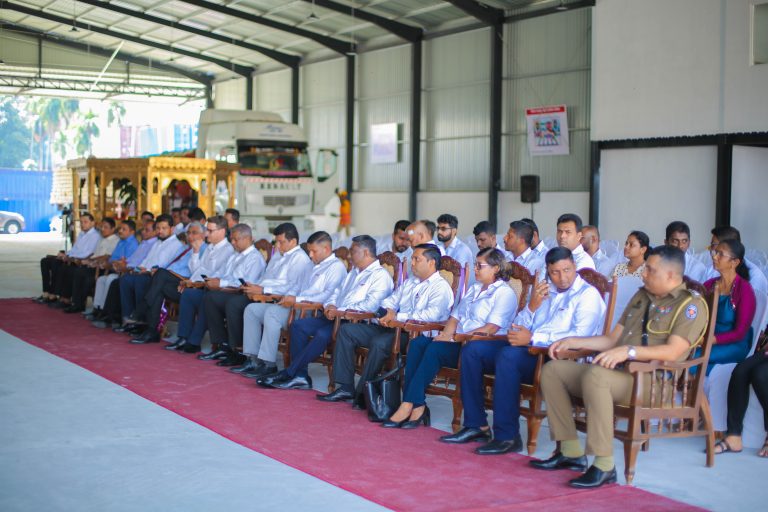
We have established an island-wide logistics network with centres at Kelaniya, Piliyandala, Kurunegala, Trincomalee, Hambantota, Nuwara Eliya and Kadawatha based on consumer density to better service our customers. We have identified variables that are unique to cement logistics, and equipped our network with facilities such as cross docking and floating stocks on truck beds. We have been able to meet over 30% of the local cement demand through this operation. We have partnered with third party logistics (3PL) companies across Sri Lanka to create better efficiencies across this operation.
We have made our end-to-end operation more efficient by introducing delivery and pick-up channels for industrial customers. Our delivery channel has a near-perfect rate of almost 100%, with a 90% on-time delivery rate to customer construction sites. With its remarkable success, the delivery channel has now been made available for retail bag deliveries to customer doorsteps, with 20% of all retail sales now being completed this way.
Operating with 60 bulk carriers, 60 prime movers and 70 ten-wheelers, our rapidly growing delivery channel also provides milk run logistics in the local market.
Our pick up channel operates with a fulltime fleet of over 200 vehicles, giving customers a direct pick up option from our logistics centres island-wide depending on their requirement and construction schedules.
